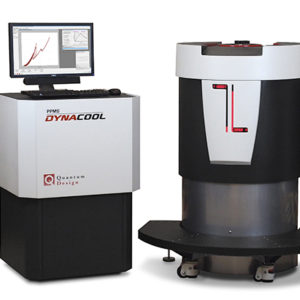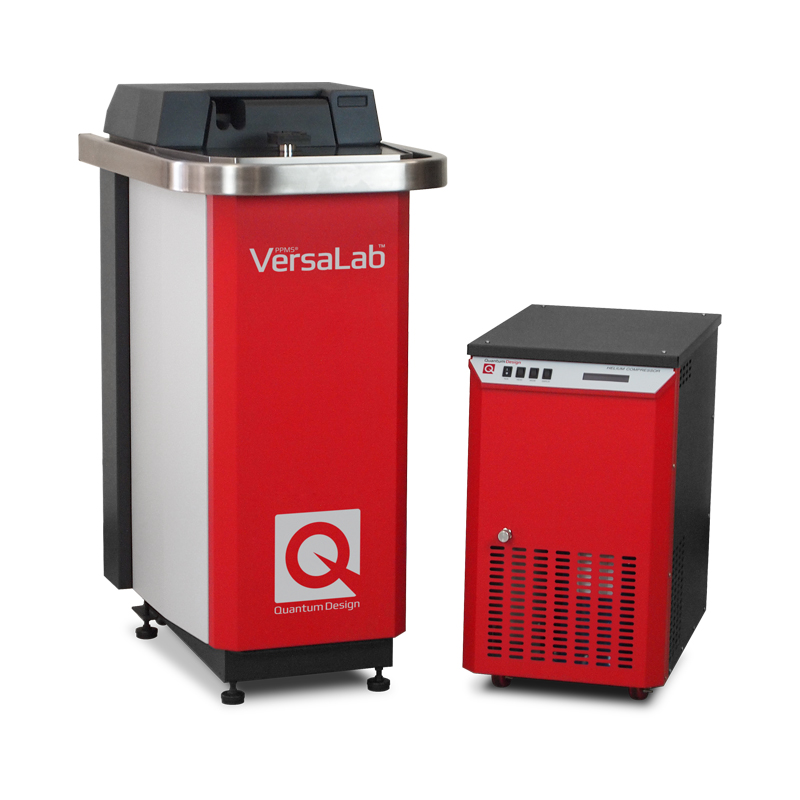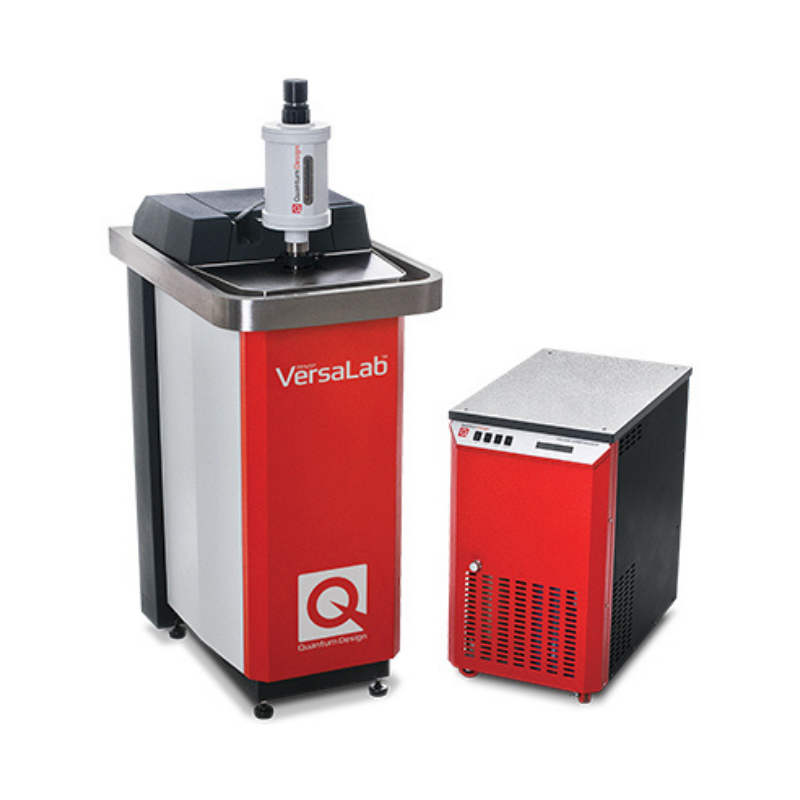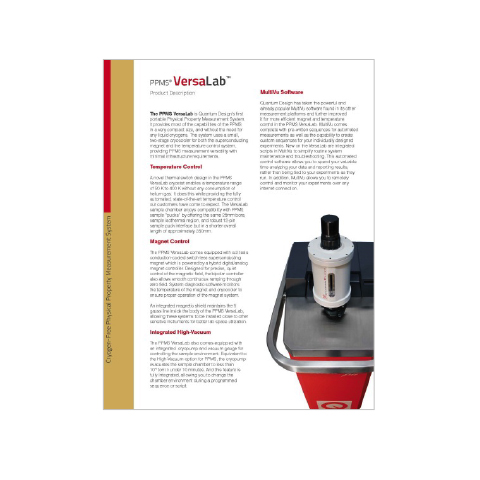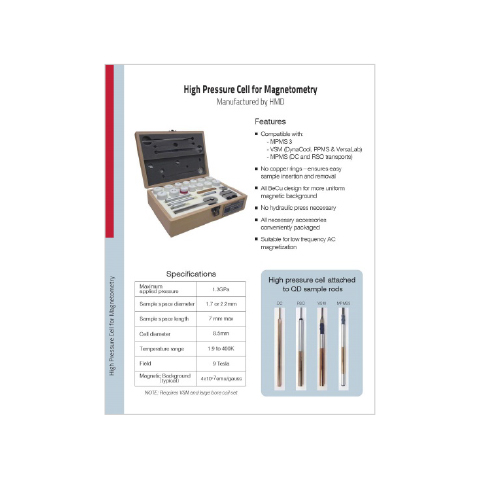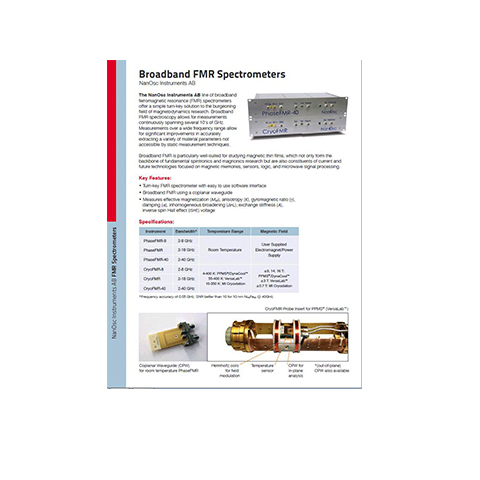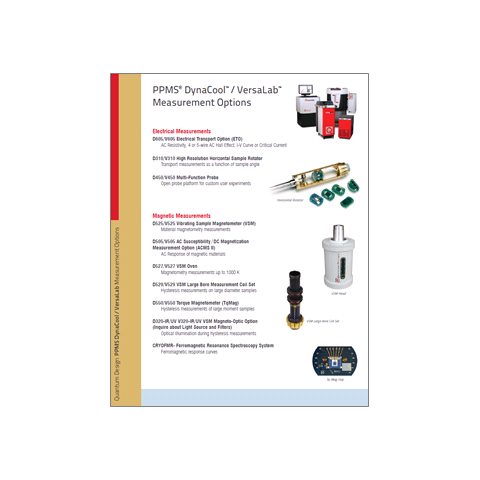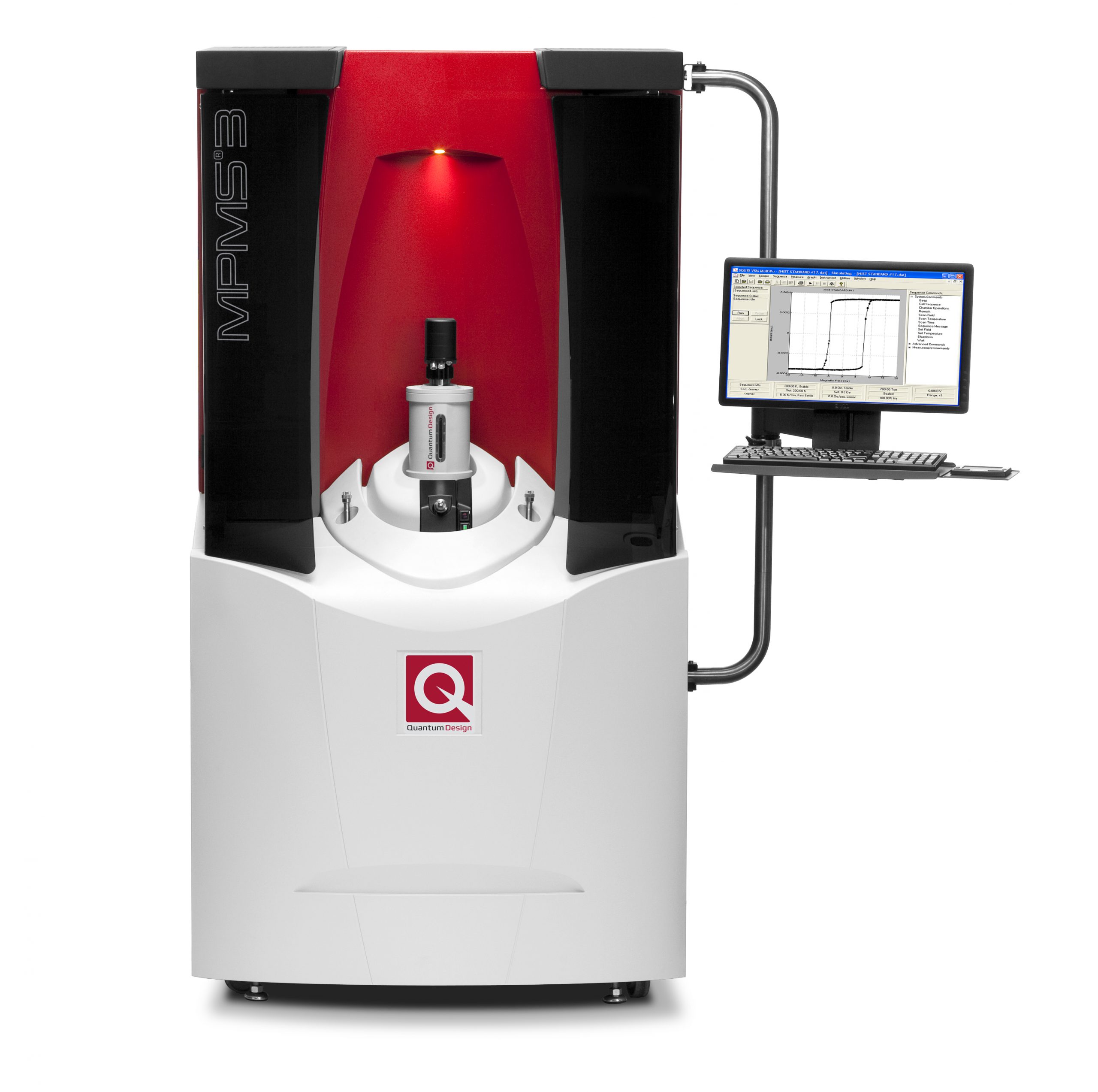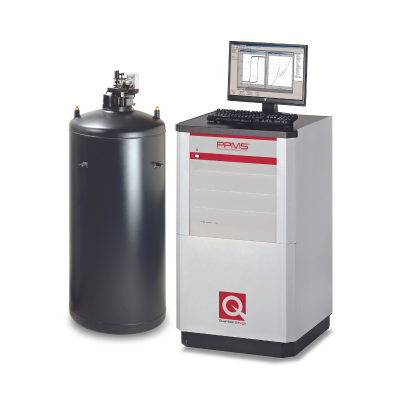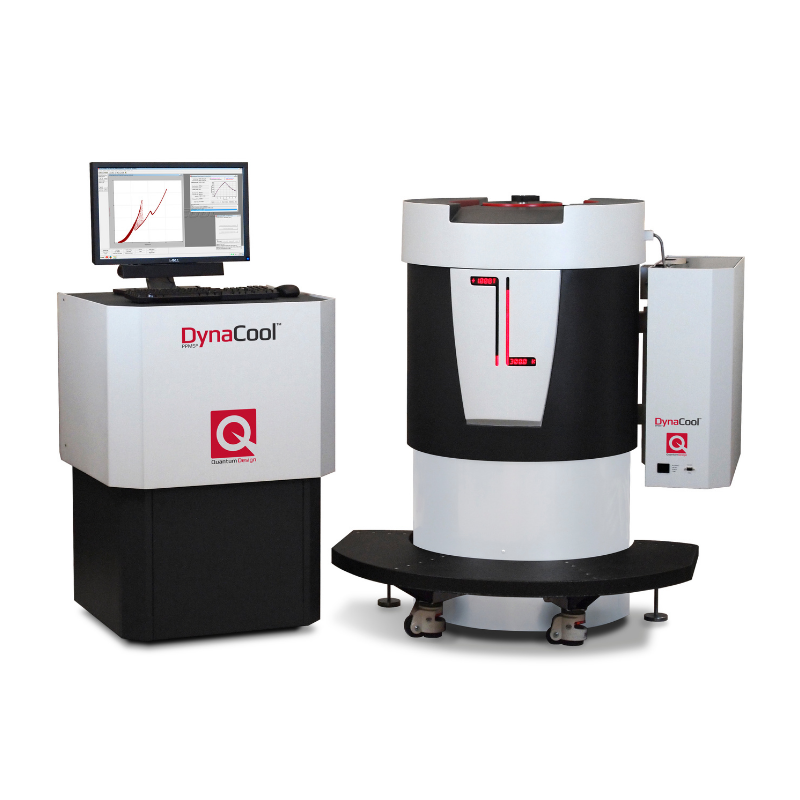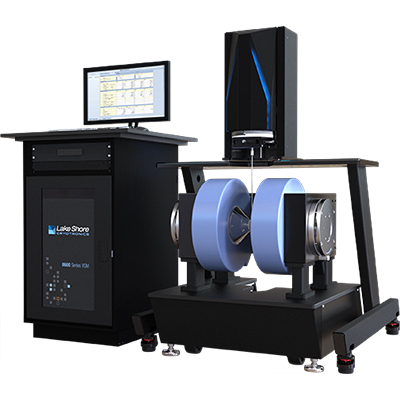- Features
- Options
- Videos
- Downloads
- Related Products
- Contact
- Back To Spectroscopy
- Back To Optics
- Back To Hyperspectral
- Back To Cameras
- Back To X-Ray
- Back To Light Measurement
- Back To Characterisation
- Back To Electron Microscopy
- Back To Magnetometry
- Back To Ellipsometers
- Back To Cryogenics
- Back To Lake Shore
Quantum Design VersaLab™ Measurement System
3 Tesla Cryogen-free Physical Property Measurement System
With a temperature range of 50 – 400 K, this 3 Tesla platform is perfect for accomplishing many types of materials characterisation in a limited space.
As with all Quantum Design instruments, VersaLab is a fully automated turnkey system with a user-friendly interface, and utilises technology developed for Quantum Design’s popular Physical Property Measurement System (PPMS®).
Technical Service and Application Support is available for the Quantum Design VersaLab
VersaLab is specifically designed for material characterisation up to 3 Tesla and over a wide temperature range without the need of liquid cryogens. Utilising a new approach to cryocooler equipment design, VersaLab employs a new 4He-based temperature control system and gas flow technology that eliminates the need for liquid cryogens.
VersaLab Customer Testimonial
Dr Stuart Cavill, Deputy Co-ordinator of the Condensed Matter Research Group at the University of York comments that…
“The system expands our suite of instrumentation, adding a new low temperature physics research capability. We found the QDUKI Sales and Service team very responsive and everything has been dealt with very efficiently and professionally.”
FEATURES
- Free space in the lab because of its compact size and portability
- Free time while the automated instrument performs measurements
- Freedom from liquid cryogens
- Freedom from cooling water and high power requirements
- A single hardware configuration for all temperatures, fields, and magnetic moments
- A perfect solution for physics education classes and labs




